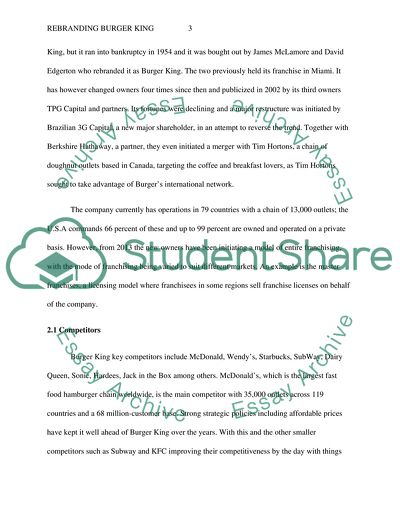Cite this document
(Rebranding of Burger King Case Study Example | Topics and Well Written Essays - 2250 words, n.d.)
Rebranding of Burger King Case Study Example | Topics and Well Written Essays - 2250 words. https://studentshare.org/marketing/1874442-re-branding-a-brand
Rebranding of Burger King Case Study Example | Topics and Well Written Essays - 2250 words. https://studentshare.org/marketing/1874442-re-branding-a-brand
(Rebranding of Burger King Case Study Example | Topics and Well Written Essays - 2250 Words)
Rebranding of Burger King Case Study Example | Topics and Well Written Essays - 2250 Words. https://studentshare.org/marketing/1874442-re-branding-a-brand.
Rebranding of Burger King Case Study Example | Topics and Well Written Essays - 2250 Words. https://studentshare.org/marketing/1874442-re-branding-a-brand.
“Rebranding of Burger King Case Study Example | Topics and Well Written Essays - 2250 Words”. https://studentshare.org/marketing/1874442-re-branding-a-brand.


